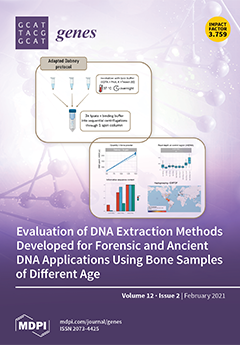A large number of hormonal biosynthetic or signaling pathways genes controlling shoot branching are widely known for their roles in regulating plant growth and development, operating in synergetic or antagonistic manner. However, their involvement in abiotic stress response mechanism remains unexplored. Initially, we performed an in silico analysis to identify potential transcription binding sites for the basic leucine zipper 62 transcription factor (bZIP62 TF) in the target branching related genes. The results revealed the presence of
cis-regulatory elements specific to two bZIP TFs,
AtbZIP18 and
AtbZIP69, rather than
AtbZIP62. Interestingly, these bZIP TFs were previously proposed to be negatively regulated by the
AtbZIP62 TF under salinity in
Arabidopsis. Therefore, we investigated the transcriptional regulation of more axillary branching (MAX, strigolactone), PIN-FORMED (PINs, auxin carriers), gibberellic acid (GA)-biosynthetic genes as well as isopentenyltransferase (IPT, cytokinin biosynthesis pathway) genes in response to drought stress in
Arabidopsis Col-0 wild type. In addition, in the perspective of exploring the transcriptional interplay of the selected genes with the
AtbZIP62, we measured their expression by qPCR in the
atbzip62 (lacking the
AtbZIP62 gene) background under the same conditions. Our findings revealed that the expression of
AtMAX2,
AtMAX3, and
AtMAX4 was differentially regulated by drought stress between the
atbzip62 and Col-0 wild type, but not
AtMAX1. Similarly, the transcripts accumulation of
AtPIN3 and
AtPIN7 (known as auxin efflux carriers), and that of the
AtAXR1 showed similar regulation patterns in
atbzip62. However,
AtPIN1 expression was downregulated in Col-0, but no change was observed in
atbzip62. Furthermore,
AtIPT5 and
AtIPT7 exhibited a differential transcripts accumulation pattern in
atbzip62 and Col-0 wild type (WT). In the same way, the expression of the GA biosynthetic genes
AtGA2ox1 and
AtGA20ox2, and that of
AtRGA1 were differentially regulated in
atbzip62 compared to the Col-0. Meanwhile,
AtGA2ox1 showed a similar expression pattern with Col-0. Therefore, all results suggest PIN, MAX, IPT, and GA-biosynthetic genes, which are differentially regulated by
AtbZIP62 transcription factor, as emerging candidate genes that could be involved in drought stress response mechanism in
Arabidopsis.
Full article






